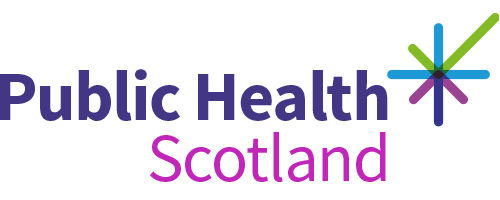Cancer incidence in Scotland
Deprivation data to December 2022
Accredited official statistics
About this release
This release by Public Health Scotland (PHS) is an update to the annual publication on cancer incidence in Scotland, covering the year 2022 for a range of cancer types. The main release is available on the PHS website. Additional information is provided here regarding the relationship between cancer incidence and socio-economic circumstances (i.e. deprivation status) in Scotland, for 2022 diagnoses only. Deprivation is measured using the Scottish Index of Multiple Deprivation (SIMD); more detail about this can be found on the Scottish Government website.
Main points
For cancer registrations in 2022:
- For all cancers combined (excluding non-melanoma skin cancer), rates were 24% higher in the most deprived areas compared with the least deprived (736 per 100,000 vs. 594 per 100,000).
- Large socio-economic differences were seen for lung, head and neck, prostate and cervical cancer.
- The rate of lung cancer was more than three times higher in the most deprived areas compared with the least deprived (169 per 100,000 vs. 53 per 100,000).
- Head and neck cancers were more than twice as common in the most deprived areas compared with the least deprived (39 per 100,000 vs. 18 per 100,000).
- Cervical cancer was nearly twice as common in the most deprived areas compared with the least deprived (14 per 100,000 vs. 7 per 100,000).
- In contrast, prostate cancer diagnosis was nearly a third (29%) more common in the least deprived areas compared with the most deprived (224 per 100,000 vs. 159 per 100,000).
- Cervical, and head and neck, cancers were more likely to be diagnosed at more advanced stages among people living in more deprived areas.
- There is potential to reduce socio-economic inequalities in cancer risk and later-stage diagnoses through improving uptake of human papillomavirus (HPV) vaccination and cervical screening, and reducing rates of smoking, particularly in more deprived areas.
Background
The Scottish Cancer Registry collects information on every cancer in Scotland and uses the data to inform cancer control. Cancer registrations are believed to be essentially complete for 2022, but it is important to note that the database is dynamic; registrations may be added, amended or removed over time and so data presented here may differ from other data produced for the same time period. "All cancers" by convention excludes non-melanoma skin cancers, although all tumours are registered.
Cancer incidence reflects risk factors for developing cancer, efforts to detect cancer (e.g. public awareness, screening programmes and the impact of the pandemic on diagnosis pathways) and the at-risk population (which is increasing due to an ageing and expanding population).
Further information
The next release of the Cancer incidence in Scotland publication will be 30 September 2025.
General enquiries
If you have an enquiry relating to this publication, please email phs.cancerstats@phs.scot.
Media enquiries
If you have a media enquiry relating to this publication, please contact the Communications and Engagement team.
Requesting other formats and reporting issues
If you require publications or documents in other formats, please email phs.otherformats@phs.scot.
To report any issues with a publication, please email phs.generalpublications@phs.scot.
Older versions of this publication
Versions of this publication released before 16 March 2020 may be found on the Data and Intelligence, Health Protection Scotland or Improving Health websites.


